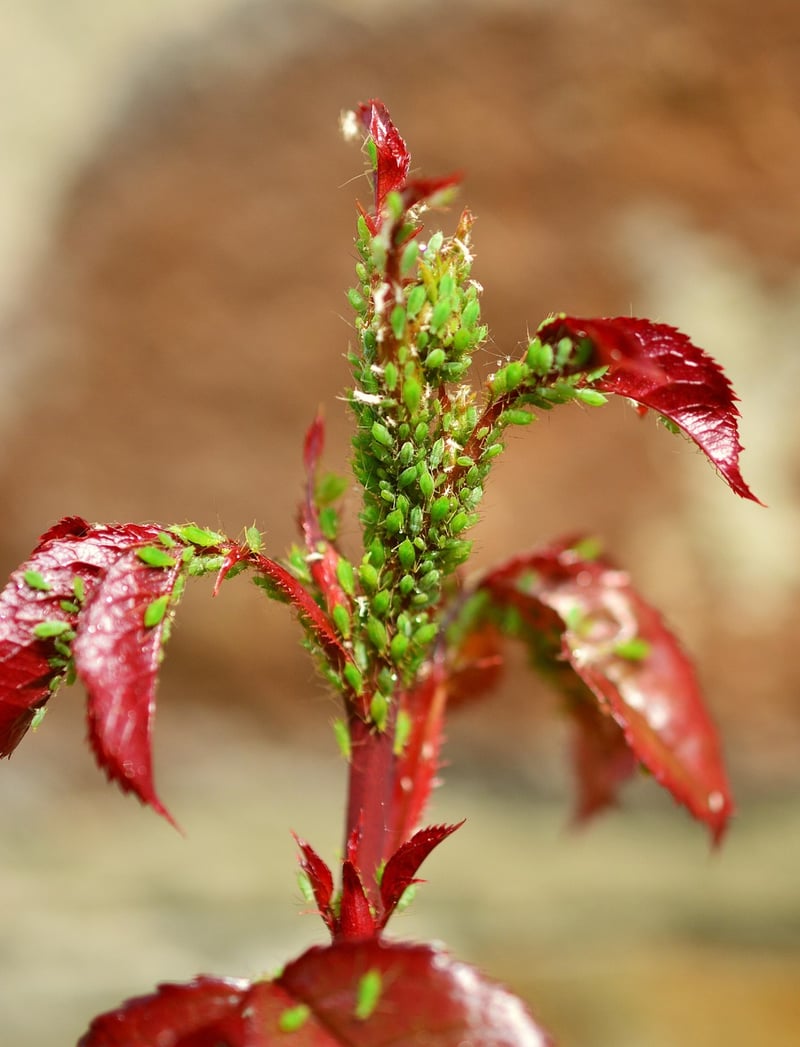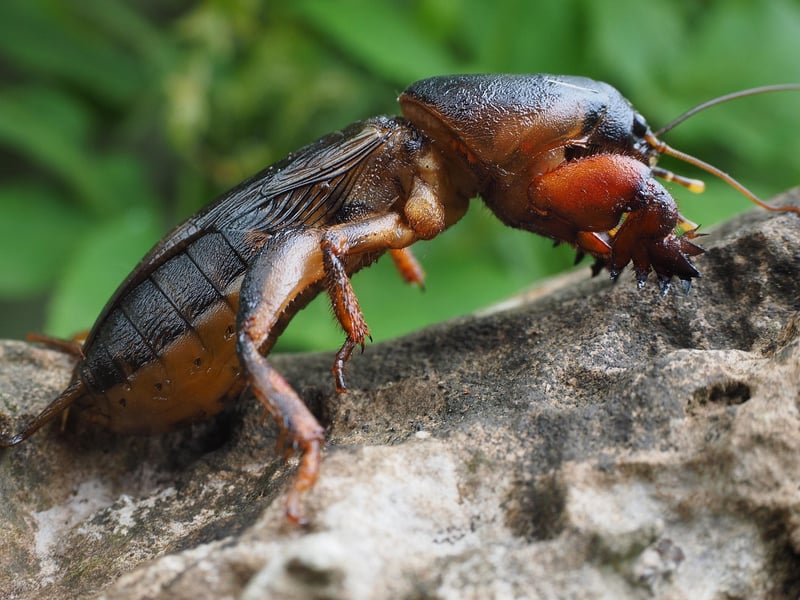Common Pests
Essential Advice for Plant Health and Common Pests
Introduction
Keeping your plants healthy is essential for a thriving garden or indoor green space. In this article, we will provide you with essential advice on how to maintain plant health and common pests to watch out for.
Plant Health Tips
- Proper Watering: Ensure your plants receive the right amount of water. Overwatering can lead to root rot, while underwatering can cause wilting.
- Good Drainage: Use pots with drainage holes to prevent water from accumulating at the bottom, which can lead to root diseases.
- Light Requirements: Place your plants in areas that match their specific light needs - direct sunlight, indirect light, or shade.
- Fertilization: Feed your plants with the appropriate fertilizer to ensure they receive essential nutrients for growth.
- Regular Pruning: Trim dead or overgrown branches to promote healthy growth and prevent diseases.
- Monitor for Pests: Regularly inspect your plants for any signs of pests or diseases for early intervention.
Common Pests
Aphids
Description: Small, pear-shaped insects that feed on plant sap.
Damage: Yellowing leaves, stunted growth, and honeydew residue.
Treatment: Use insecticidal soap or neem oil to control aphids.

Spider Mites
Description: Tiny arachnids that suck plant juices, causing stippling on leaves.
Damage: Webbing on leaves, yellow or bronzed appearance, and leaf drop.
Treatment: Rinse plants with water, use insecticidal soap, or introduce predatory mites.

Whiteflies
Description: Small, white, moth-like insects found on the undersides of leaves.
Damage: Yellowing leaves, sticky honeydew, and sooty mold.
Treatment: Use yellow sticky traps, introduce natural predators, or apply insecticidal soap.

Conclusion
By following these essential plant health tips and being vigilant against common pests, you can ensure your plants thrive and remain pest-free. Remember that early detection and intervention are key to maintaining a healthy and beautiful garden or indoor plant collection.
